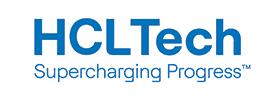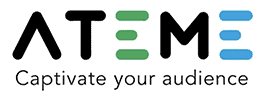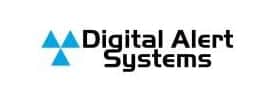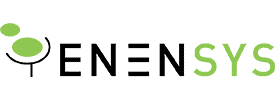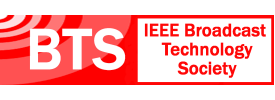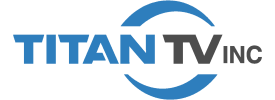- About
- Members
- Sponsors
- Subcommittees
- Technical Documents
- News
- Events
- Spotlight ATSC 3.0
- Contact Us
- Member Login
- Member Meetings
- Advanced Search
Search Site
Member Links
- About
- Members
- Sponsors
- Subcommittees
- Technical Documents
- News
- Events
- Spotlight ATSC 3.0
- Contact Us
- Member Login
- Member Meetings
- Advanced Search
Term
DRC profile
Posted on April 1, 2015 in
A collection of parameters that describe how dynamic range control metadata is calculated.
downmixing
Posted on April 1, 2015 in
Combining (or mixing down) the content of n original channels to produce m channels, where m<n.
download scenario
Posted on April 1, 2015 in
The collection of DSM-CC control and data messages with the same DownloadID value.
Dolby E metadata
Posted on April 1, 2015 in
Metadata that is multiplexed into the Dolby E bitstream. Each metadata element is classified as either a Professional or Consumer type of metadata. Dolby E metadata is documented in SMPTE RDD 6.
Dolby E
Posted on April 1, 2015 in
Dolby E is an audio data-rate reduction technology designed for use in contribution and distribution, which also conveys Dolby E metadata.
discrete cosine transform
Posted on April 1, 2015 in
A mathematical transform that can be perfectly undone and which is useful in image compression.
directory path
Posted on April 1, 2015 in
A sequence of directory links, in which for each link in the sequence except the last one the object referenced by the link is the directory containing the next link in the sequence.
directory link
Posted on April 1, 2015 in
An alternative term for a binding.
digital storage media (DSM)
Posted on April 1, 2015 in
A digital storage or transmission device or system.
digital channel
Posted on April 1, 2015 in
A set of one or more digital elementary streams. (See virtual channel.)
News Categories
News Archives
Subscribe
Subscribe to The Standard, our monthly newsletter. Learn More
Join ATSC
ATSC is a membership organization with both voting and observer categories. Voting members include corporations, nonprofit organizations, and government entities, and they participate actively in the work of ATSC. Observers are individuals or entities not eligible to be a voting member.
Subscribe to our Newsletter
Subscribe to The Standard, our monthly newsletter, to stay up-to-date with ATSC news and events around the world.
Site Links
Contact Us
ATSC
1300 I Street NW, Suite 400E
Washington, DC 20005 USA
Do you have questions about ATSC?
About ATSC
ATSC, the Broadcast Standards Association, is an international, non-profit organization developing voluntary standards and recommended practices for digital terrestrial broadcasting. Serving as an essential force in the broadcasting industry, ATSC guides the seamless integration of broadcast and telecom standards to drive the industry forward. Currently, the ATSC 3.0 Standard is providing the best possible solution for expanding the potential of the broadcast spectrum beyond its traditional application to meet changing needs. From conventional television to innovative digital data services, ATSC has one clear goal: to empower the broadcasting ecosystem like never before.
© 2025 ATSC




